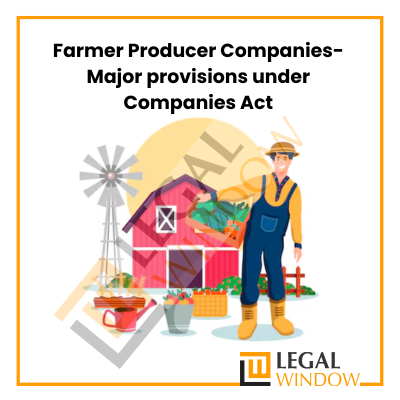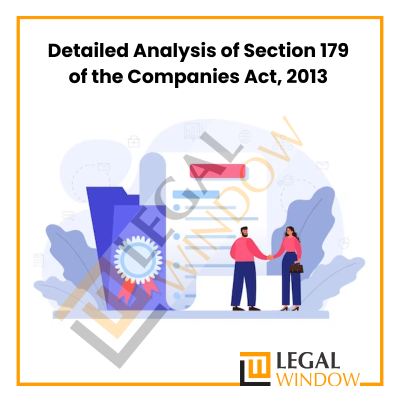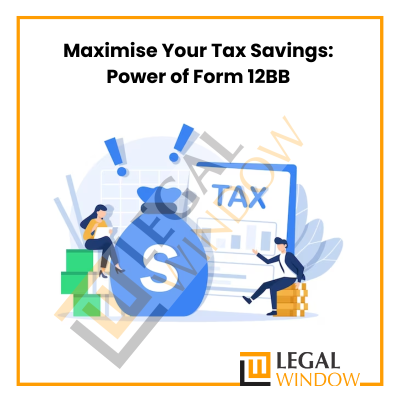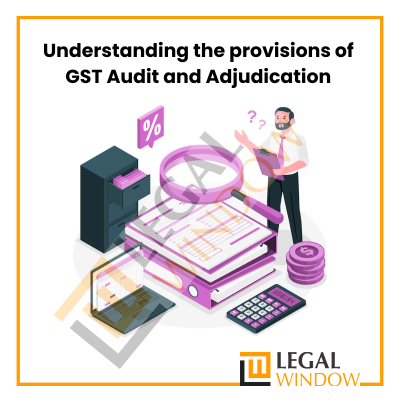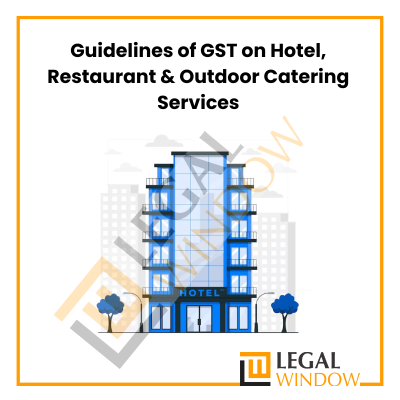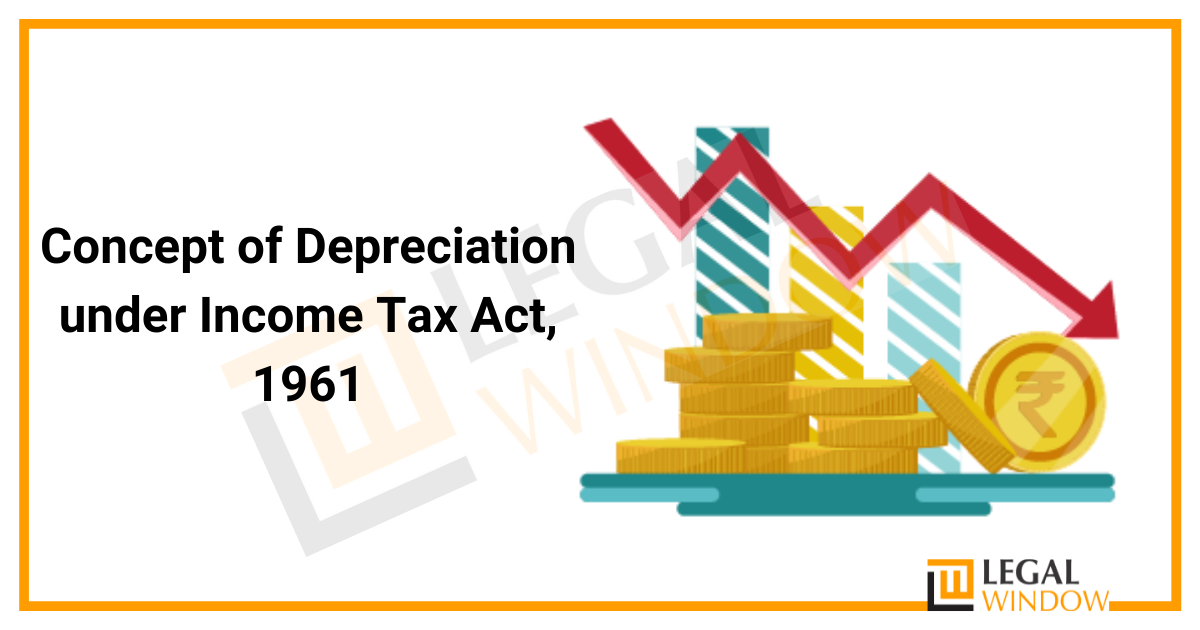
Depreciation is a deduction used for the purpose of writing off the value of both the tangible and intangible assets used by the taxpayer over a period of time. Valuation of depreciation is mandatory for deduction in profit and loss statements of Acts allow straight-line method and written down value method.
| Table of Content: |
IIntroduction
Depreciation – Depreciation is used for the purpose of writing off the cost of the asset. Depreciation is a mandatory deduction that gets reflected in the profit and loss statement that allows the deduction to either in straight-line method or written down value method.
Section 32 of the Income Tax Act, 1961 allows depreciation which deducts and reduces the value of tangible or intangible assets used by the taxpayer and by doing which the taxpayer updates their accounts and claims tax benefits for the purpose of business during the previous year on this regards.
Note –
In Case of a tangible asset – depreciation claims is made against buildings, plants, machinery etc.
In Case of an intangible asset – deprecation claims are made against patents, trademark, copyright, license etc.
Allowed depreciation – for claiming depreciation it is mandatory to put such asset into usage exceeding 180 days in the previous year which allows 50% of depreciation in claiming financial year.
Written Down Value (WDV Method)
Section 32(1) of the Income Tax Act, 1961 states that the calculation of the depreciation should be computed at prescribed percentile on WDV of the asset which gives a meaning to understand the difference between “Actual Cost and WDV”.
WDV is calculated on:
- Assets acquired in previous year and the actual cost of the asset shall be treated as WDV
- Where the asset is acquired in an earlier year, the WDV’s value should be equal to the actual cost incurred subtracting from depreciation actually allowed under the Act.
Block of asset (Section 2(11) of Income Tax Act, 1961)
According to Section 2(11) of the Income Tax Act, 1961 “Block of Asset” is defined as “Group of Assets” inclusive of both tangible and intangible assets that shares the same percentage of depreciation when calculated based on the Written Down Value method. For this purpose, the percentage of depreciation within the class of assets is only needed to be considered and such class of asset with the same percentage of depreciation will be identified as a block of the asset.
Eligibility for claiming depreciation
The conditions for claiming depreciation are as follows –
- The ownership of the asset must be wholly or partly owned by the assessee.
- The asset must be used for the business or professional purposes of the taxpayer.
- Property shared by co-partners can claim depreciation to the extent the value of the assets owned
- Since 2003 filing depreciation on assets has been allowed to allow irrespective of a claim made by a taxpayer in the profit and loss accounts.
Note – depreciation can’t be calculated on the cost of land and goodwill.
What is the schedule for depreciation?
A depreciation schedule is a table that shows you how much each of your assets will be depreciated over the years. It typically includes the following information –
- Description of assets
- Date of purchase
- Price of the assets
- Expected useful life
- Usage of depreciation method
Computation of depreciation
- No depreciation is claimed if the asset is not put to use in the initial year in which it is acquired
- Half of the depreciation is applicable if the asset is put into use for less than 180 days during the year in which it is acquired
- Usual depreciation is allowed if the asset is put to use in the subsequent year
- Additional depreciation is allowed for undertaking engaged in manufacturer or production of any article
- Additional depreciation is allowed only in respect of new plant and machinery installed in the factory on or before 1st April’ 2005
- Additional depreciation is allowed only in the case of initial year of acquisition
- The rate of additional depreciation is 20% of the cost of the asset
Rate of depreciation of tangible assets
Buildings –
- Residential buildings not including boarding houses and hotel – 5%
- Building used primarily for residential reason (excluding boarding houses and hotels) – 5%
- Boarding houses and hotel – 10%
- Buildings apart from those used primarily for residential reason and not covered by sub-items 1 above and 3 below – 10%
- Purely temporary construction like wooden structures – 40%
- Building procured on or after 1st September’ 2002, for installing plant and machinery forming part of a water treatment system or water supply project and which is used for the purpose of business of providing infrastructure facilities Under Section 80 IA(i)(4) – 40%
Furniture and fittings
- Fittings or furniture including electrical fittings – 10%
- Purely temporary erections like wooden structures – 40%
- Furniture and fittings including electrical fittings – 10%
Plant and machinery
- Motor cars excluding those used in a business of running them on hire – 15%
- Motor cars excluding those used in a business of running them on hire purchase on or after 23rd Aug’ 2019 but before 1st April’ 2020 – 30%
- Lorries or taxis or motor buses used in a business of running them on hire – 30%
- Lorries or taxis or motor buses used in a business of running them on hire purchased on or after 23rd Aug’ 2019 but before 1st April’ 2020 – 45%
- Aeroplane, aero engines – 40%
- Motor taxis, mototr buses and motor lorries used in a business of running on hire – 30%
- Commercial vehicles which is procedure by the assessee on or after 1st Oct’ 1998 but before 1st April’ 1999/ 2000/ 2002/ 2009 in accordance with section 32(1)(ii) – 40%
- Moulds used in plastic and rubber goods factories – 30%
- Air pollution control equipment – 40%
- Water pollution control equipment – 40%
- Computers and computer software – 40%
- Plant and machinery used in semiconductor industry covering all integrated circuits ranging from small scale integration (SSI) to large scale integration/ very large scale integration – 30%
- Life saving medical equipment – 40%
- Plant and machinery in garment sectors since 2001 – 40%
- Wooden parts used in machinery, cinematography films, bulbs of studios – 40%
- Quarries and mines – 40%
- Books owned by assessee carrying on a profession being annual publications – 100%
- Books owned by assessee carrying on profession not being annual publications – 60%
- Books owned by assessee carrying on business in running lending library – 100%
- Franchise, trademark, patents, license, copyright, know-how or other commercial or business rights of similar nature – 25%
Methods of depreciation
Methods of depreciation may vary from asset to asset based on the asset type and industry. The most commonly used methods are
- Straight Line Method
- Written Down Value Method
- Unit Production Method
- Written Down Value Method (Block Wise)
Straight line method (as per Companies Act, 1956) –
Straight line basis is a method of calculating depreciation of an asset utilised over a long period of time that’s calculated from the date of purchase. The difference between assets’s cost and it’s expected redeemable value by the number of years that’s expected to be used in the future.
Written Down Value (as per Companies Act, 1956) –
Written down value is a method used to determine a previously purchased asset’s current worth and is calculated by subtracting accumulated depreciation from asset’s original value.
Unit Production Method (as per Companies Act, 2013) –
The unit of production method for calculation depreciation consideration an asset’s practical usage in the production process rather than considering its time in use. This methods is particular utilized for assets that experience a high degree of wear and tear based on actual use per-unit such as certain pieces of machinery or production equipment. This method can allow companies to show higher depreciation expense in more productive years, which can offset other increased production costs.
Written down value method (block wise) (as per Income Tax Act, 1961) –
When an assessee is acquiring the asset in the previous year, then the actual cost becomes the WDV. While the asset acquired in earlier year WDV shall be equal to the actual cost incurred less depreciation allowed under the Income Tax Act, 1961.
Straight Line Method for power generation units (as per Income Tax Act, 1961) –
Under Section 32(1)(i) and Rule 5(1A) read with Appendix 1A which provide for straight-line method of depreciation are applicable only to an assesses engaged solely in the business of generation and distribution of power and are obliged in law to prepare accounts under the Act.
Analysis of AS-22/ IND AS 12 with reference to depreciation
In accordance with AS 22 the deferred tax is income tax payable/ recoverable in future periods due to taxable temporary differences. Temporary differences are the differences between the carrying amount of an asset or liability in the balance sheet and its tax base which is a attributed to the asset or liability for tax purpose.
Final words
In competing income from business one of the most important items of allowances is the allowances for depreciation provided by Section 32 of the Income Tax Act, 1961. The deduction towards depreciation by decreasing the assets with wear and tear evaluation is very essential to arrive of the income of the assessee and also to amortize the capital cost of the amount invested in buildings, machinery etc. Also, by calculating depreciation the assessee is provided a way to replace the asset in course of time.
LegalWindow.in is a professional technology driven platform of multidisciplined experts like CA/CS/Lawyers spanning with an aim to provide concrete solution to individuals, start-ups and other business organisation by maximising their growth at an affordable cost. Our team offers expertise solutions in various fields that include Corporate Laws, Direct Taxations, GST Matters, IP Registrations and other Legal Affairs.
Categories
- Agreement Drafting (23)
- Annual Compliance (11)
- Change in Business (36)
- Company Law (148)
- Compliance (89)
- Digital Banking (3)
- Drug License (3)
- FEMA (17)
- Finance Company (42)
- Foreign Taxation (6)
- FSSAI License/Registration (14)
- GST (118)
- Hallmark Registration (1)
- Income Tax (199)
- Latest News (34)
- Miscellaneous (164)
- NBFC Registration (8)
- NGO (14)
- SEBI Registration (6)
- Section 8 Company (7)
- Start and manage a business (20)
- Startup/ Registration (127)
- Trademark Registration/IPR (40)
Recent Posts
- Farmer Producer Companies-Major provisions under Companies Act April 26, 2024
- Detailed Analysis of Section 179 of the Companies Act, 2013 April 24, 2024
- Maximise Your Tax Savings: Power of Form 12BB April 23, 2024
About us
LegalWindow.in is a professional technology driven platform of multidisciplined experts like CA/CS/Lawyers spanning with an aim to provide concrete solution to individuals, start-ups and other business organisation by maximising their growth at an affordable cost.


